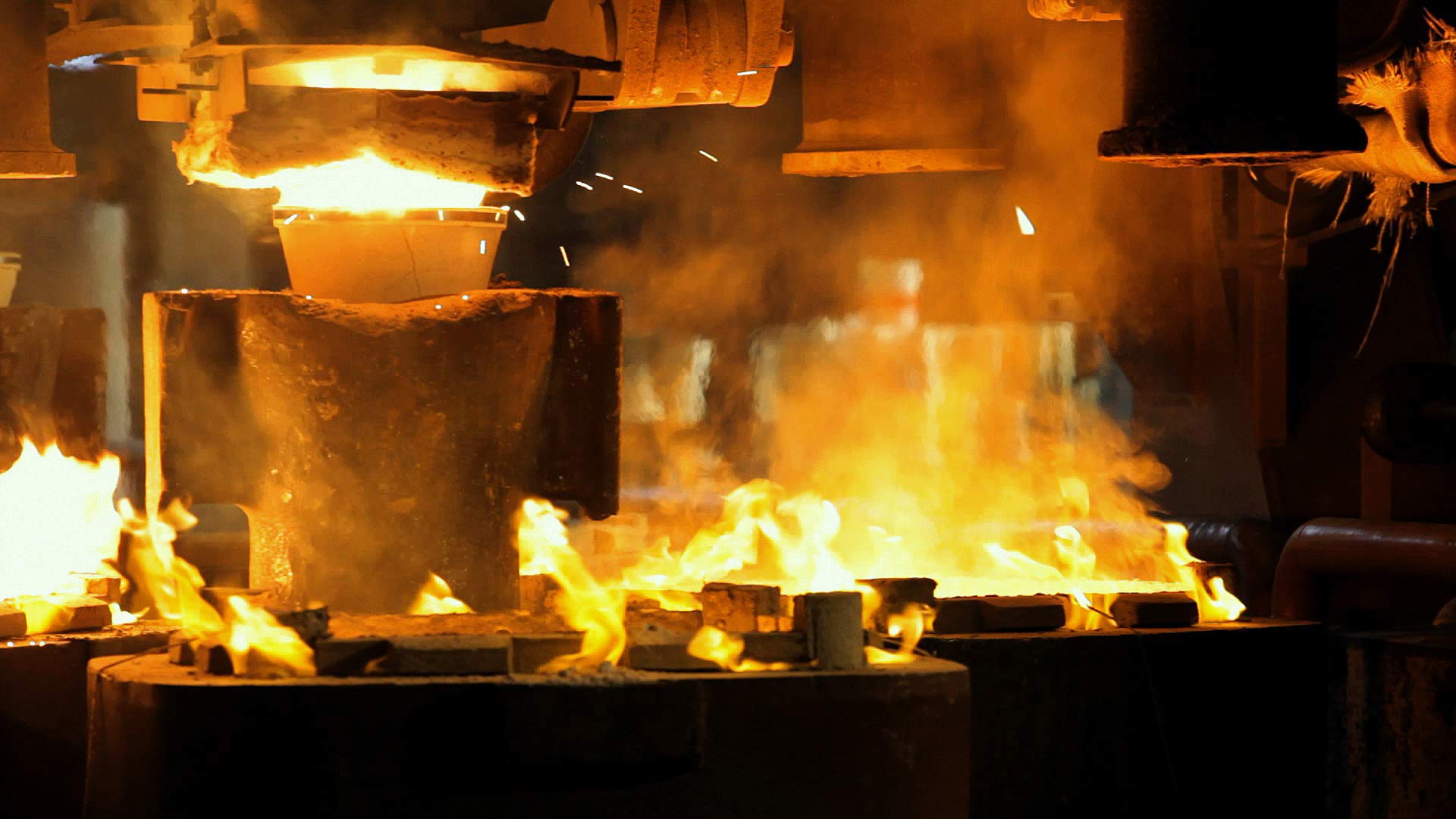Choose the measure unit in which display the data:
Valbruna Grade
V174
Steel type
Precipitation Hardening
Description of material
It is a martensitic precipitation hardening stainless steel with high strength and hardness. The mechanical properties are obtained by a solution treatment (Cond. A) that brings the Cu in solution in the Austenitic matrix followed by a rapid cooling obtaining a super-saturated Cu martensitic structure. A re-heating ( ageing ) at t° = 480°C gives a maximum Hardness and resistance Rm, with low Kv impact, due to a precipitation of Cu –rich phase. Ageing at t°= 620°C results in a higher Kv impact, with a reduction of Rp0,2 and Rm, due to a progressive softening of Martensite and the formation of both Cu-globules with loss of coherence within the matrix, and stable Austenite. It is important to know that the transformation of Austenite to Martensite is completed below 30°C and the formation of stable Austenite during aging can start to appear at 550°. This strongly depends on the (Cr/Ni) equivalent balance that, besides, influences the amount of Ferrite in the matrix.
Applications
It can be used in different kind of application as valves, chemical and power productions components, engine parts, fitting, fasteners, shafts and pumps shafts and parts of oil & gas plants.
Melting practices
Argon Oxygen Decarburization, AOD + ESR
Corrosion resistance
This grade has the same general resistance corrosion as 304 but better than the group of standard martensitic 400 series. However, solution treatment (cond. A) without aging should be avoided. For maximum resistance to Chloride stress corrosion cracking, it should be aged at a higher temperature, not less than 550-580°C. In Sulfide aggressive environments, age at 620° C or overage. The same choice should be done in the case of situations or environments prone to cause H-embrittlement. It should also be noted that for this grade, as for every kind of stainless steel, surfaces should be free of contaminants and scale, and passivated for optimum resistance corrosion.
Cold working
This grade has a limited cold deforming capacity in the annealed condition (cond.A) due to untempered Martensite. More severe cold working requires aging at the highest temperature or overaging. For restoring or increasing mechanical properties, such as Tensile Rm, a new solution treatment (cond.A) followed by a suitable aging temperature should be carried out.
Machinability
Machinability is good in both the solution-treated (cond.A) and precipitation hardening conditions, considering that this property improves when hardness decreases. A certain amount of dimensional changes, in terms of contraction, happens after the aging of parts: these dimensional variations should be evaluated.
Weldability
This grade has a good weldability and doesn’t normally need preheating, but welding design should be well evaluated in order to avoid situations prone to generate stress. In short, small sections could be welded in the solution treatment condition followed by an aging; large or heavy sections require a high temperature aging or overaging obviously followed by a new solution treatment (cond. A) and an aging.
Hot working
Ingots or large forgings require a suitable preheating in order to avoid thermal cracking. Avoid overheating and improper cooling. Large forging bars should be equalized at 1030 -1040°C in the heating furnace prior to cooling. Both small or large forgings, rolled rings or bars must be cooled under 30°C after solution treatment (cond. A) in order to complete the transformation of martensite, obtaining both a good structure and mechanical properties after aging. It is useful to point out that a certain amount of Ferrite could be in the V174 structure.
Designations
| RCCM-M MATERIAL REF. | X6CrNiCu17-04 |
|---|---|
| AISI | 630 |
| W.N. | 1.4542 |
| UNS | S17400 |
| EN | X5CrNiCuNb16-4 |

